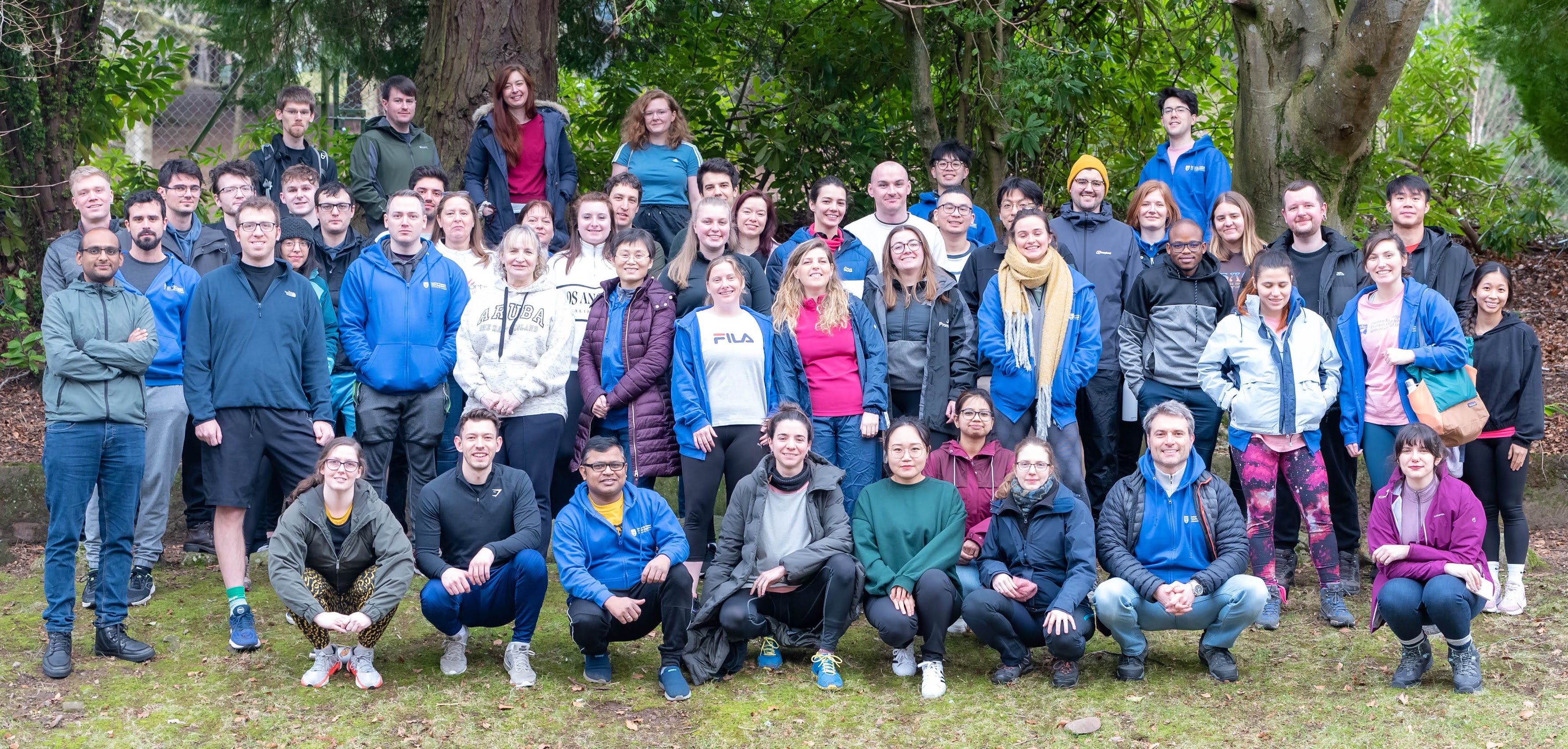Home

“Protein sandwich” could transform cancer drug discovery

Funding
Contact us
Professor Alessio Ciulli
Professor of Chemical and Structural Biology
Centre for Targeted Protein Degradation
School of Life Sciences
University of Dundee
1 James Lindsay Place
Dundee
DD1 5JJ
Scotland, United Kingdom
E-mail: a.ciulli@dundee.ac.uk
Tel: +44 (0)1382 386230
Fax: +44 (0)1382 386373
